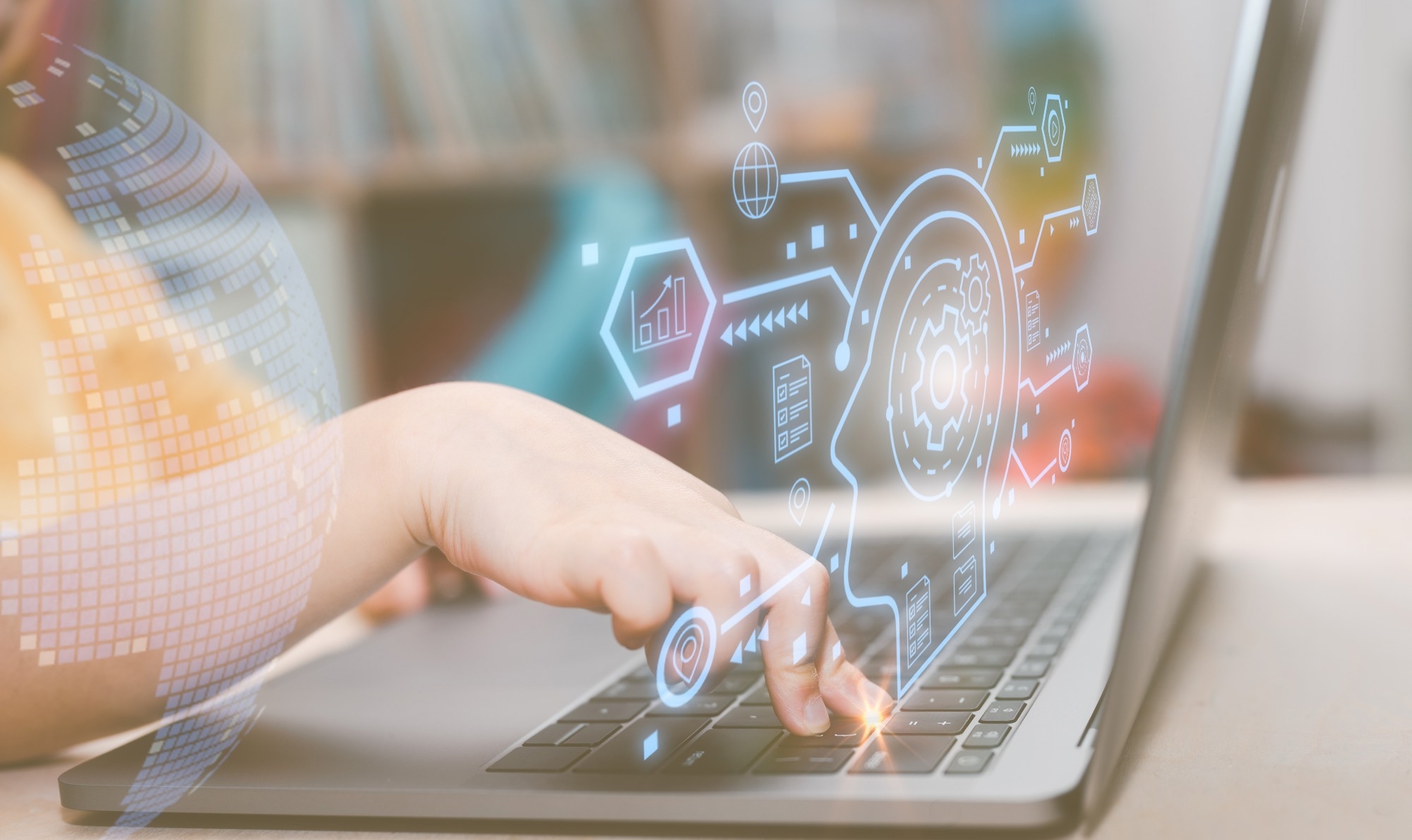In a recent article posted to the ArXiV* server, researchers from the Technical University of Munich, Germany, University of Georgia, USA, and AI4STEM Education Center, USA, discussed the importance of multimodal large language models (MLLMs) to enhance science education by providing adaptive and personalized learning experiences. They explained that MLLMs support content creation, scientific practices, communication, assessment, and feedback and can handle multiple forms of data such as text, images, audio, and video.
 Study: Enhancing Science Education with Multimodal Large Language Models. Image credit: Cherdchai101/Shutterstock.
Study: Enhancing Science Education with Multimodal Large Language Models. Image credit: Cherdchai101/Shutterstock.

 *Important notice: arXiv publishes preliminary scientific reports that are not peer-reviewed and, therefore, should not be regarded as definitive, used to guide development decisions, or treated as established information in the field of artificial intelligence research.
*Important notice: arXiv publishes preliminary scientific reports that are not peer-reviewed and, therefore, should not be regarded as definitive, used to guide development decisions, or treated as established information in the field of artificial intelligence research.
Background
Artificial intelligence (AI) is an extensive term encompassing a variety of models and systems designed to process and generate various forms of data by simulating human intelligence in machines. AI-enabled systems can execute tasks such as problem-solving, speech recognition, learning, planning, perception, and language understanding tasks traditionally associated with human intelligence.
In recent years, the generative AI model has shown remarkable advancement, enabling various applications across various domains. A specialized subset of generative AI models is the large language model (LLM), with notable examples like Chat Generative Pre-trained Transformer (GPT) and GPT-4. These powerful LLMs have found successful integration into education to improve teaching and learning experiences. Generally, they aim to mimic human-like behavior and generate specific content for the purposes they are designed for.
However, science education demands more than text-based methods to effectively communicate scientific knowledge and skills. It requires diverse visual representations, such as diagrams, graphs, models, and animations. These representations can improve the knowledge acquisition and retention processes and facilitate the development of domain-specific competencies. MLLM is an advanced form of LLM that can effectively process and generate various types of content, such as text, images, audio, and video. Examples of MLLMs include GPT-4 Vision, GPT-4 Turbo, and Gemini. These models open a new era in science education, where the capabilities of LLMs are expanded to meet the multimodal demands of science education.
About the Research
In the present paper, the authors explore the transformative role of MLLMs in science education by presenting exemplary innovative learning scenarios based on the cognitive theory of multimedia learning (CTML) by Mayer. They focus on four central aspects of science education: content creation, supporting and empowering learning, assessment, and feedback.
For each aspect, the study provides examples of how MLLMs can assist educators and learners in creating and engaging with multimodal learning materials, fostering scientific content knowledge, language, practices, and communication, and providing personalized and comprehensive assessment and feedback. The research also illustrates how MLLMs can be integrated into immersive virtual reality learning environments, enabling rich and interactive learning experiences.
Research Findings
The outcomes show that MLLMs have the ability to improve science education by offering adaptive and personalized learning experiences that match the needs and preferences of learners. By taking advantage of MLLM's ability to process and generate multimodal content, teachers and learners can achieve the following benefits:
- MLLMs help educators to create tailored, multimodal learning materials that meet the diverse needs of the students, such as transforming or supplementing text with visuals, organizing content effectively to reduce cognitive load, and promoting active engagement through generative activities.
- Learners can use MLLMs to acquire scientific content knowledge, language, practices, and communication skills by providing them with multimodal scaffolds, explanations, and guidance, such as transforming/simplifying text and images, assisting in understanding and using scientific language, formulating research questions, and hypotheses, visualizing and interpreting raw data, converting data structures for effective communication, and generating image-based storyboards from analogies of scientific phenomena.
- Educators and learners can employ MLLMs to conduct personalized and comprehensive assessments and feedback by analyzing and evaluating text and visual content in students’ reports, providing elaborate feedback with visual aids, and offering instant feedback on various modalities, such as texts and drawings.
The paper showed that MLLM has applications in various educational settings, including both formal and informal learning environments, online and blended learning contexts, as well as immersive and interactive learning spaces. Along with science education, it can also be applied in other areas such as mathematics, arts, and humanities, where multimodality plays a significant role.
Conclusion
The study illustrates that MLLMs have the potential to transform science education and beyond, by offering new possibilities for multimodal learning. It highlights the challenges and limitations of using MLLMs in the conventional classroom setting, such as data protection, ethical concerns, and the need for a balanced approach that can help teachers rather than replacing them.
The authors acknowledge the importance of empirical research to evaluate the effectiveness and impact of MLLMs on learning outcomes and processes and to develop robust frameworks and guidelines to ensure the ethical and reliable use of MLLMs in education. They also invite further research and discussion of the implications of MLLMs for other disciplines and educational contexts. Through the exploration of challenges, potentials, and future implications, the paper aims to contribute to an initial understanding of MLLMs in science education and beyond.

 *Important notice: arXiv publishes preliminary scientific reports that are not peer-reviewed and, therefore, should not be regarded as definitive, used to guide development decisions, or treated as established information in the field of artificial intelligence research.
*Important notice: arXiv publishes preliminary scientific reports that are not peer-reviewed and, therefore, should not be regarded as definitive, used to guide development decisions, or treated as established information in the field of artificial intelligence research.